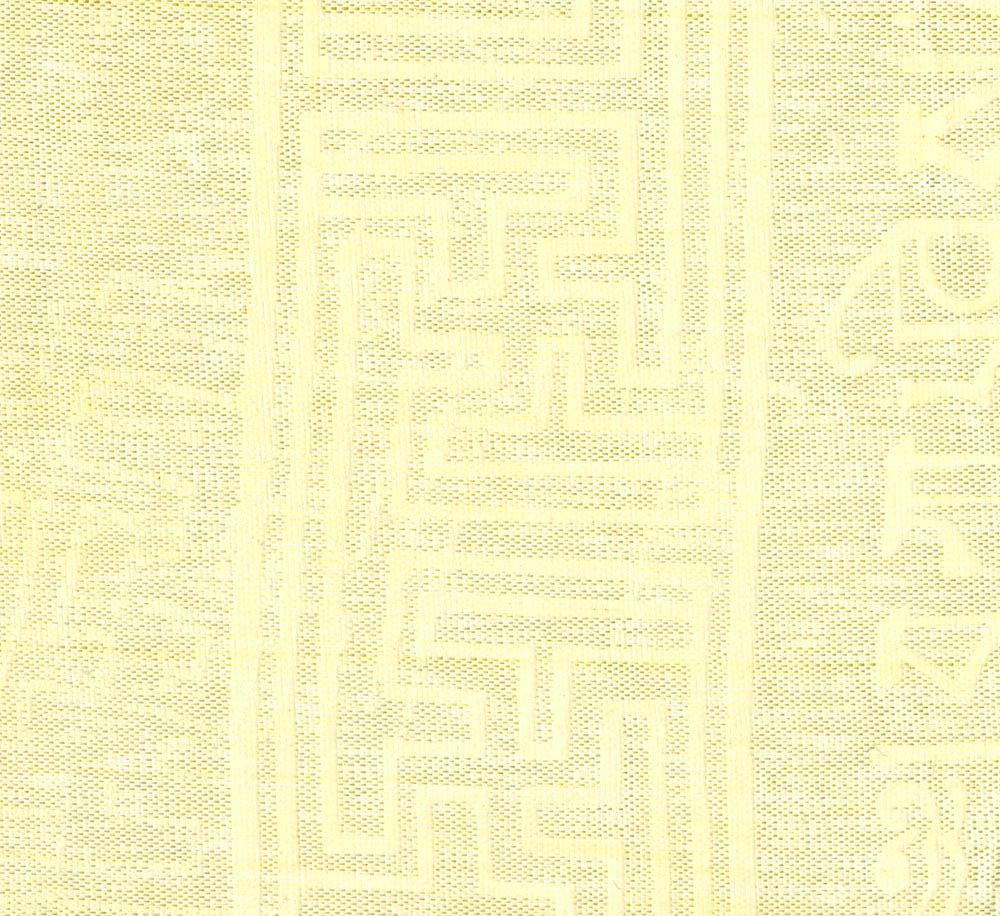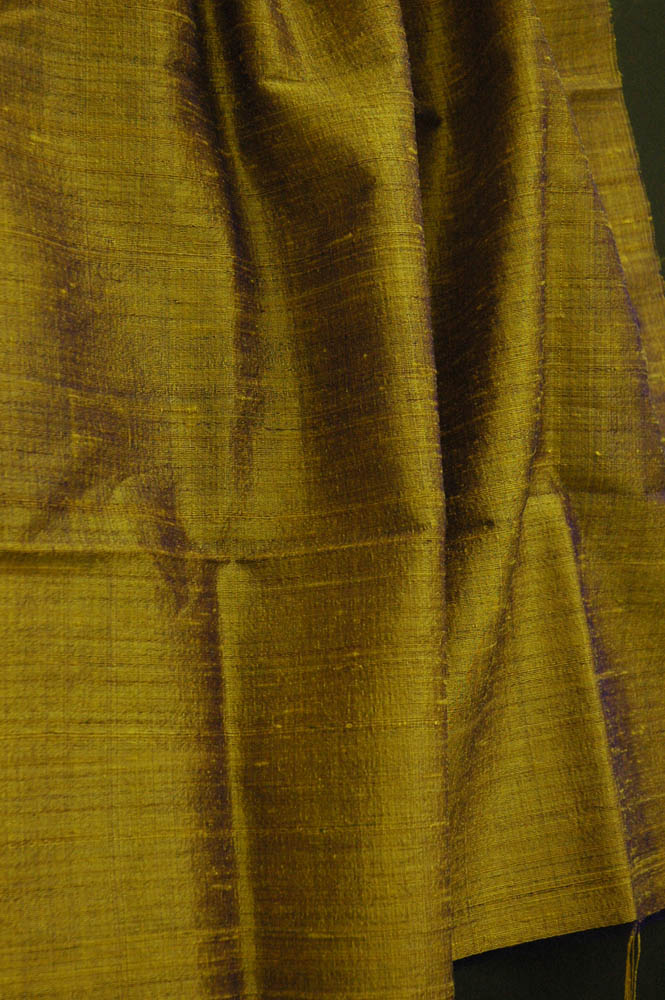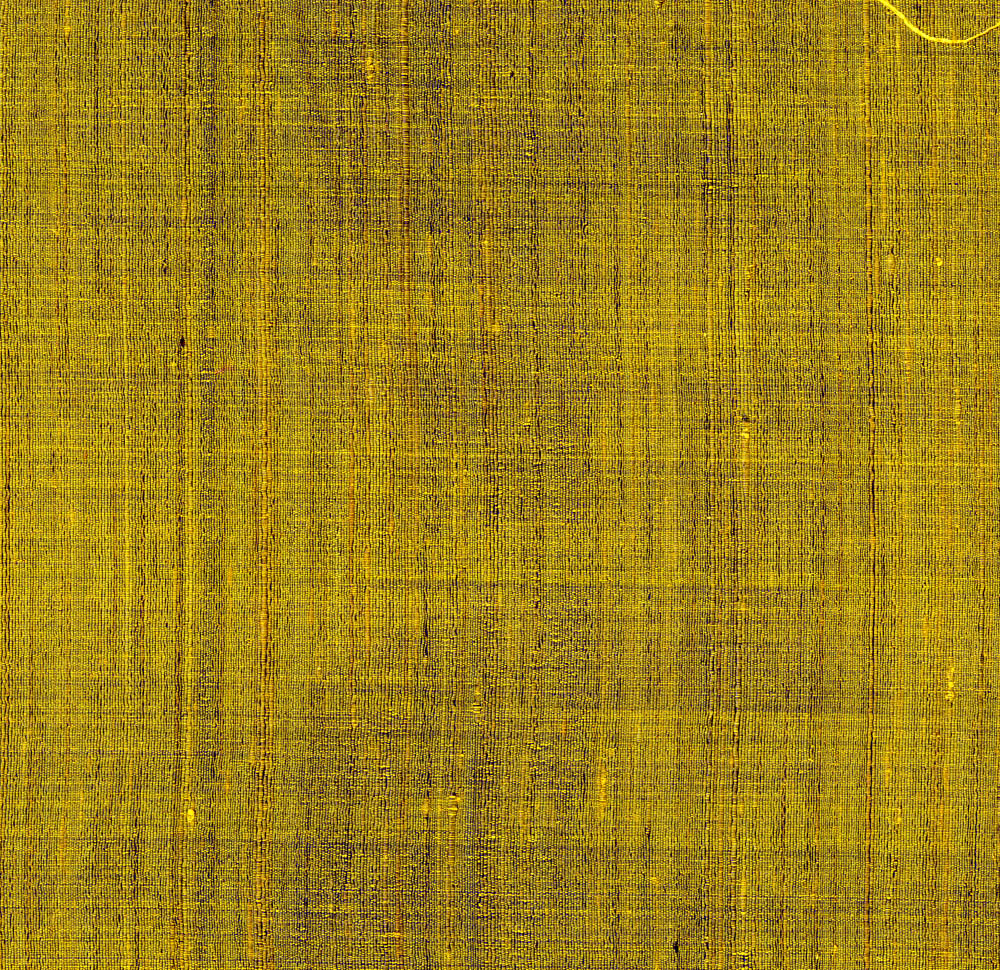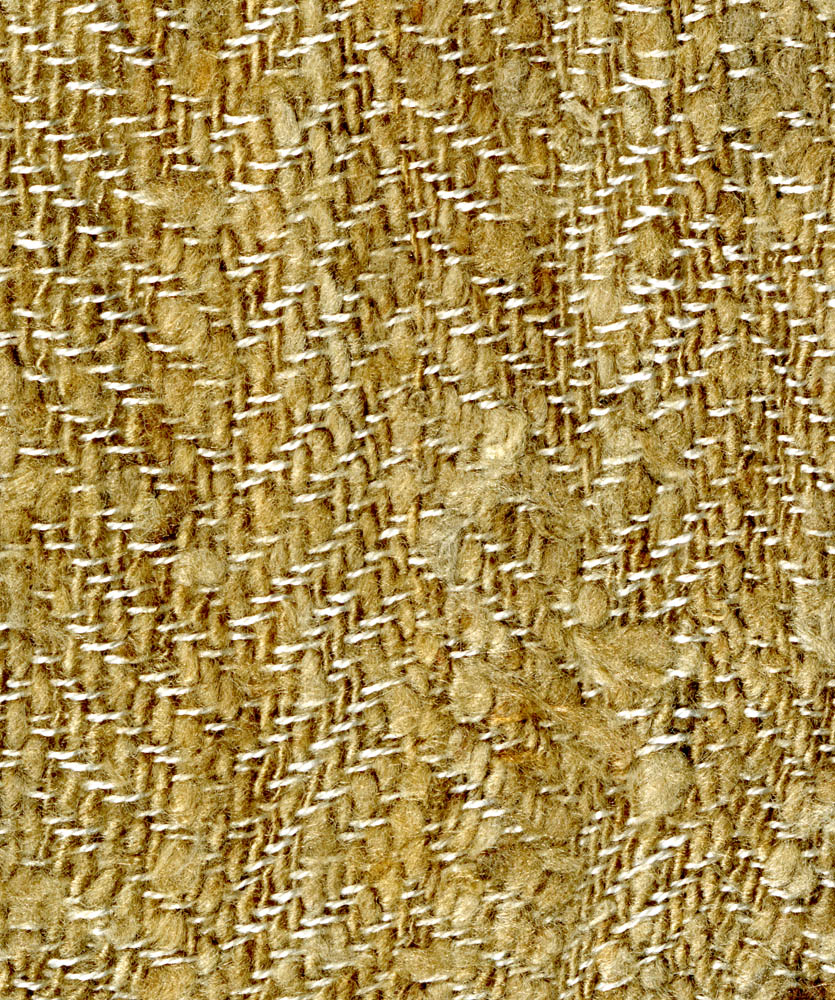Bombyx mori (L.)
Our treatment for mulberry silk here is brief, because published information on this silk and the silkmoth is virtually limitless and available everywhere. If you want to obtain silk that represents the ancient Silk Road, buy some of the colorful ikat fabrics made in Uzbekistan, available on the internet, some of which are made in the Uzbek city of Margilan, situated on what was the original Silk Road.
The mulberry silkworm (Bombyx mori Linnaeus) was derived by artificial selection in China from the wild silkmoth named Bombyx mandarina (Moore) (see Goldsmith 2009). The caterpillars of B. mori are white and cannot hold on to branches of mulberry, and the white moths cannot fly. The mottled caterpillars of B. mandarina are quite different, and move about freely on the mulberry leaves and twigs. The brown moths, which like the caterpillars are well camouflaged, fly to lights. There are some pinned specimens of B. mandarina from Japan in the Mississippi Entomological Museum.
Textiles of mulberry silk are quite diverse. There are rough and coarse fabrics called duppioni (doupioni), chiffon, noil, and organza. There are smooth (“silky”) ones called charmeuse, crêpe de Chine, habutai, etc. The white natural color of the silk takes dyes very well. An excellent overview of types of mulberry silk, containing many swatches of the actual textiles, was published by Parker (1991).
References
Goldsmith, Marian R. 2009. Chapter 2: Recent progress in silkworm genetics and genomics, pp.
25–47 in M. R. Goldsmith & F. Marec, eds., Molecular biology and genetics of the
Lepidoptera. CRC Press/Taylor & Francis Group, Boca Raton, London, New York. xv +
362 pp., 8 color plates.
Krispyn, Joan W. 1978. The silkworm Bombyx mori (Linn.) in colonial Georgia. Journal of the
Georgia Entomological Society 13(2): 124-128.
Murugesh Babu, K. 2013. Silk: processing, properties and applications. Woodhead Publishing
Series in Textiles, No. 149. The Textile Institute, Oxford. xv + 182 pp.
Parker, Julie. 1991. All about silk: a fabric dictionary & swatchbook. Fabric Reference Series.
Rain City Publishing, Seattle. 91 pp.









